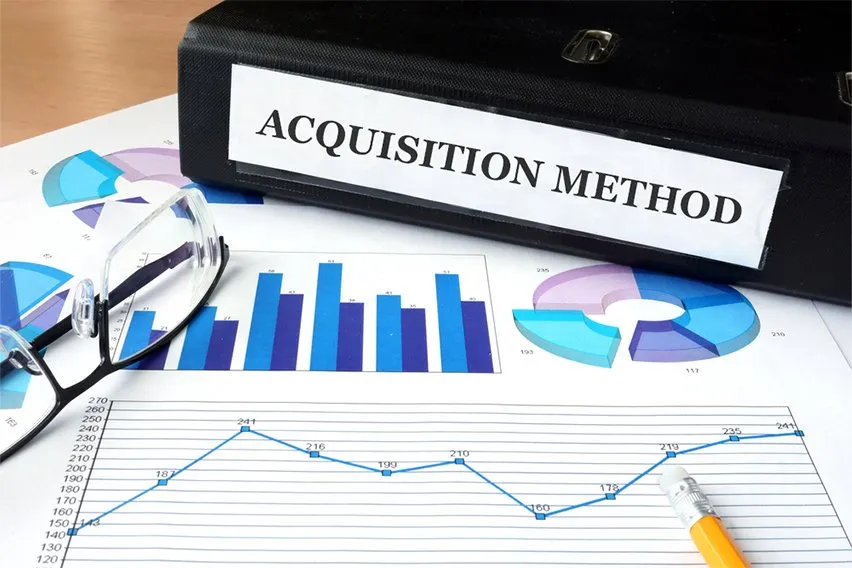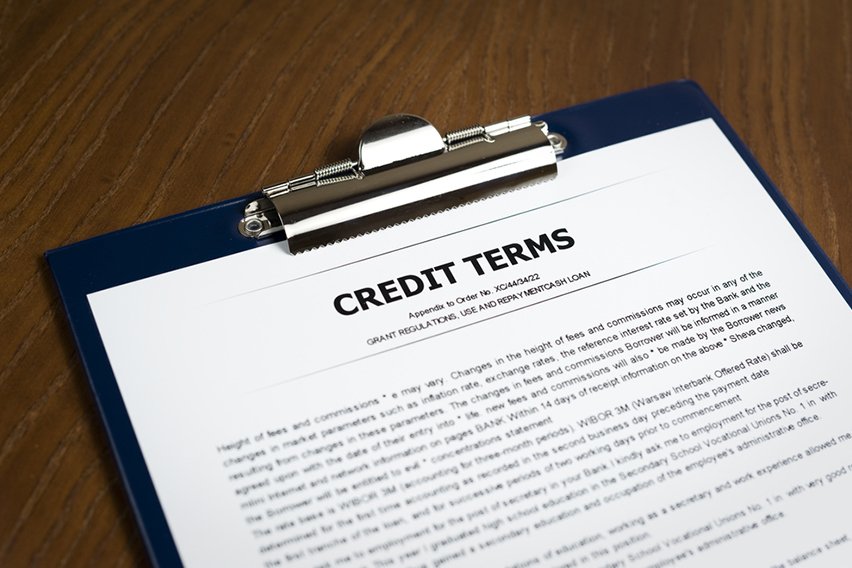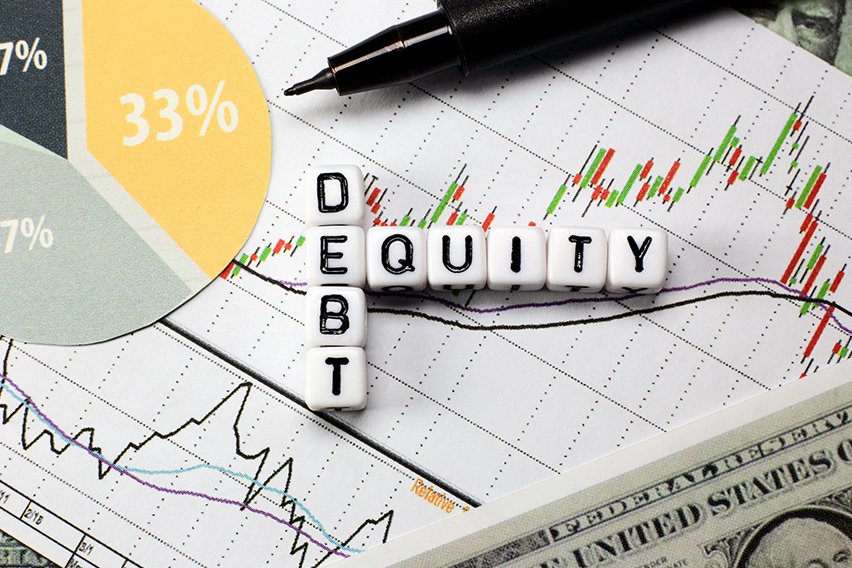What is the Acquisition Method?

The acquisition method is a way of accounting for the purchase of assets. When an organization acquires assets, it must record them as financial statements. This would be at their fair market value. This means that all intangibles and fixed, tangible assets are recorded on the balance sheet. This balance sheet is a record under the name of the organization that purchased them.
This article will discuss the acquisition method in detail. Topics will include what it is, types of acquisition methods and more.
Here’s What We’ll Cover:
Acquisition Method Accounting Explained
Full vs Purchase Acquisition Method – Which One Should You Use for Accounting Purposes?
The Acquisition Method in Business Combination
The Fair Value in the Acquisition Method
How to Report Acquisitions on Your Balance Sheet?
Acquisition Method Accounting Explained
The acquisition method is often used when an organization purchases another company. This only requires the acquiring company to record identifiable assets. It needs to include their fair market values on its balance sheet. It also requires extra reporting of assets and liabilities from both companies. It is recorded in a combined balance sheet. The reason for this is that the two companies must usually merge into one for tax purposes. The acquiring company must combine all its assets with those of the acquired company.
We can use the acquisition method of accounting for the buying of extra assets of a company. Data-dependent acquisition accounting is used in any situation where one company acquires another. It is also used when an organization disposes of a part of its own business, known as an operating segment. Let’s say Company A sold off a division for $60 million. Company A records $60 million on its balance sheet under “assets held for sale.”

Types of Acquisition Method
There are 3 types of acquisition methods such as:
- Full Acquisition Method
- Partial Acquisition Method
- Purchase Acquisition Method
Full Acquisition Method
The full acquisition method is used when a company acquires another completely. This applies when an organization buys another company’s assets and liabilities. It also includes the buying of the overall business. In other words, this is when an organization purchases another company fully. This only requires the acquiring company to record assets at their fair market values on its balance sheet. It also requires extra reporting of assets and liabilities from both companies. It is recorded in a combined balance sheet. The reason for this is that the two companies must be merged into one for tax purposes. So the acquiring company must combine all its assets with those of the acquired company.
Partial Acquisition Method
The method applies when an organization has purchased some of the assets and liabilities from another company. In other words, this is when an organization purchases some of the assets. It does not buy all of them, or it does not buy any of the liabilities. In these cases, a company records only purchased assets on its balance sheet. The balance sheet will list both companies’ liabilities. Any difference between the buying price and the fair market value of the assets will be recorded as its intangible asset. This method may result in a party with a non-controlling interest.
Purchase Acquisition Method
The purchase acquisition method is used when an organization purchases assets or services from another company. With the purchase method, one can determine the fair value of the company’s assets and liabilities in an acquisition in many ways.
Full vs Purchase Acquisition Method – Which One Should You Use for Accounting Purposes?
The decision between the full acquisition method and the purchase method is as follows.
The full acquisition method applies when one company acquires another fully. Purchase acquisition requires that one records only purchased assets. The purchase method of accounting is when an organization buys assets or services from another company. You will also want to analyze the income statement.
Example 1: Acquisition / Purchase of Assets
A company purchases the capital assets of another one for $200 million. It will have to record those assets on its balance sheet. This means that the acquiring company will have to record everything that the other company owns. It includes both tangibles and intangibles under “Assets held for sale”.
Example 2: Acquisition / Purchase of Assets and Liabilities
Company A purchases the assets of Company B along with all its liabilities for $100 million. It will have to record only the assets held by Company B on its balance sheet under “Assets held for sale”. Be sure to check for an alternate source of income or liabilities. Both companies must combine all liabilities onto Company A’s balance sheet. It will go under the liabilities section of the affected business unit.

The Acquisition Method in Business Combination
A business combination is a transaction between two companies. It results in the creation of a new single entity. When this occurs, all the acquired company’s assets and liabilities should be recorded. It will be a record on the balance sheet of the acquiring company. Any difference between the buying price and the fair market value of the assets is recorded as an intangible asset known as goodwill.
The Fair Value in the Acquisition Method
One can determine the fair value of a company’s assets and liabilities in an acquisition in many ways. When one company purchases another, the acquiring company must determine the fair value of the acquired company’s assets and liabilities. It should properly record their respective values on its balance sheet. The fair value could vary between individual measurements.
How to Report Acquisitions on Your Balance Sheet?
Acquisitions go on the balance sheet as an asset if the buying price is paid in cash or a note payable. Acquisitions go on the balance sheet as a liability, if the buying price is not all cash. It could be a part-payment of trading securities or promissory notes from the acquirer to pay for the rest over time. When there is a part payment from the acquirer, this is considered contingent consideration.
Key Takeaways
In conclusion, we can define the acquisition method as the process of accounting for the excess of a company’s fair market value over its book value. When a company acquires assets/liabilities of another company the acquired assets are recorded at their fair market value on the day of acquisition. The acquisition method is used when a company purchases another company to record how it has paid for that company. The buying price paid is usually more than what was recorded in the book value of the purchased company’s assets and liabilities.
An acquisition method is how the purchase of a company is set as a record on the balance sheet. It can help determine the dynamic performance of a business. It must have quantitative accuracy. It is a report in the financial statements by adding it as an asset or a liability. When a company buys another company, one must calculate the buying price of the acquired company. It will be a record in the source data file to determine whether it was an arm’s length or non-arm’s length transaction. Non-arm’s length transactions are records of fair market value which is the present value of expected future cash flows. While arm’s length transactions are records saved at book value or the buying price.
This article discussed the acquisition method and what it is. You also learned about the different types of acquisition methods and their uses in accounting. Hopefully, this article answers your questions about the acquisition method of accounting.
Check out Resource Hub for more information!
RELATED ARTICLES

 Disadvantages & Advantages of Activity Based Costing
Disadvantages & Advantages of Activity Based Costing What Are Credit Terms: Definition, Types & Examples
What Are Credit Terms: Definition, Types & Examples What Is a Sales Journal Entry: Definition & Importance
What Is a Sales Journal Entry: Definition & Importance Debt-to-Capital Ratio: Definition, Formula, Example & Calculation
Debt-to-Capital Ratio: Definition, Formula, Example & Calculation What is Reserve Accounting?
What is Reserve Accounting? What Is the Accounting Cycle? Definition, Steps, and Example Guide
What Is the Accounting Cycle? Definition, Steps, and Example Guide